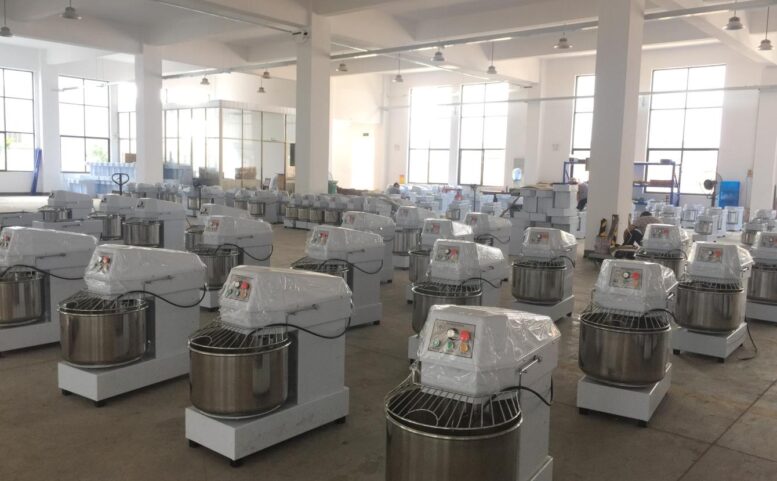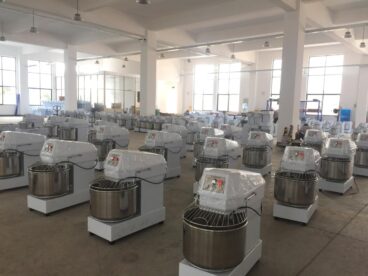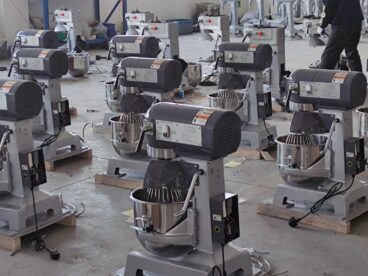Introduction
When it comes to preparing dough, selecting the right tool can make a world of difference. Two common options are the food processor and the stand mixer, but which one delivers the best results? This blog post explores the benefits, drawbacks, and best use cases for each appliance to help you decide which is better suited to your baking needs.
1. The Basics of Dough Kneading
- Why Kneading is Important:
- Activates gluten, providing elasticity and structure.
- Ensures even distribution of ingredients like yeast, salt, and sugar.
- Traditional Hand-Kneading vs. Machines:
- Machines save time and effort while delivering consistent results.
- Reduces strain on wrists, especially with large batches of dough.
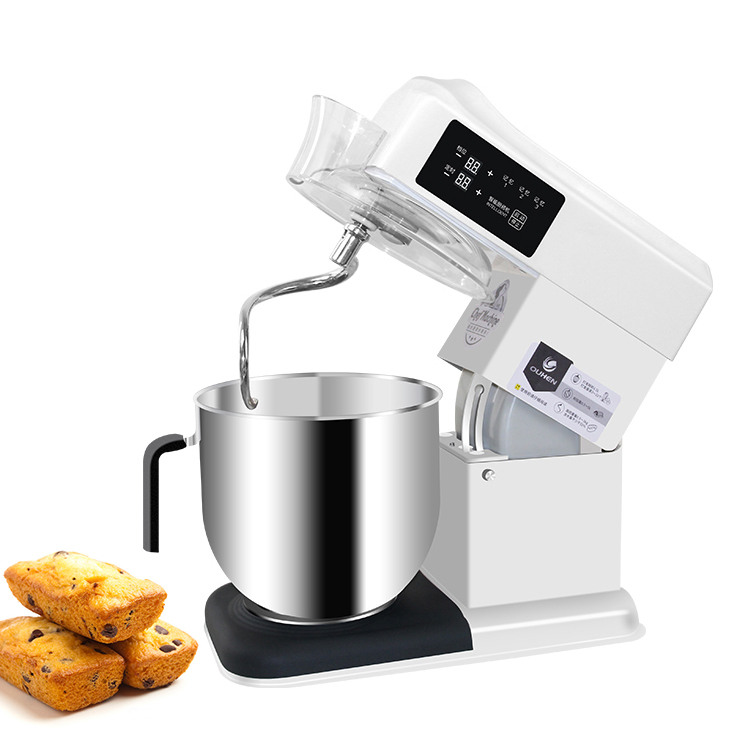
2. What is a Food Processor?
- Design and Components:
- Equipped with sharp blades for chopping and mixing.
- Compact and multifunctional (ideal for slicing, pureeing, and dough prep).
- How Food Processors Knead Dough:
- Uses rapid blade motion to incorporate ingredients.
- Kneads dough quickly in just a few minutes.
- Pros of Using a Food Processor:
- Speed: Kneads dough faster than stand mixers.
- Versatility: Can perform other tasks like chopping vegetables or blending sauces.
- Compact Design: Easier to store in small kitchens.
- Cons of Using a Food Processor:
- Capacity Limits: Cannot handle large dough batches.
- Overheating Risk: Motor may overheat with extended use.
- Less Control: Difficult to monitor dough texture as it kneads.
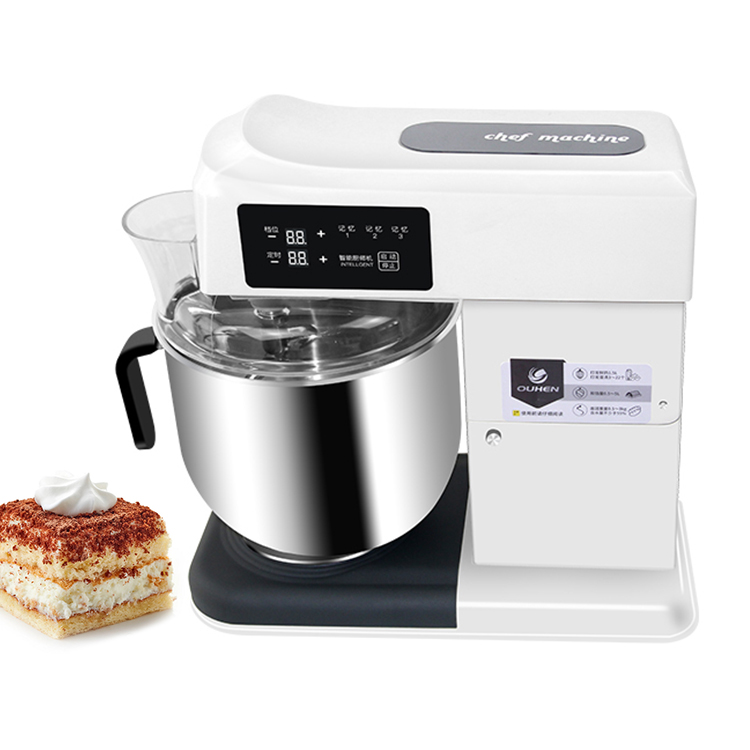
3. What is a Stand Mixer?
- Design and Components:
- Equipped with a large mixing bowl and multiple attachments (including dough hooks).
- Heavy-duty motor ideal for various tasks like kneading, whisking, and mixing.
- How Stand Mixers Knead Dough:
- Uses a dough hook attachment that mimics hand-kneading motions.
- Delivers consistent kneading, especially for bread doughs.
- Pros of Using a Stand Mixer:
- Capacity: Handles large batches of dough.
- Consistency: Ensures even texture through slow, controlled kneading.
- Less Manual Supervision: Set the speed and let it work.
- Cons of Using a Stand Mixer:
- Size: Takes up more counter space than a food processor.
- Heavier and Less Portable: Not ideal for smaller kitchens.
- Cost: Generally more expensive than food processors.
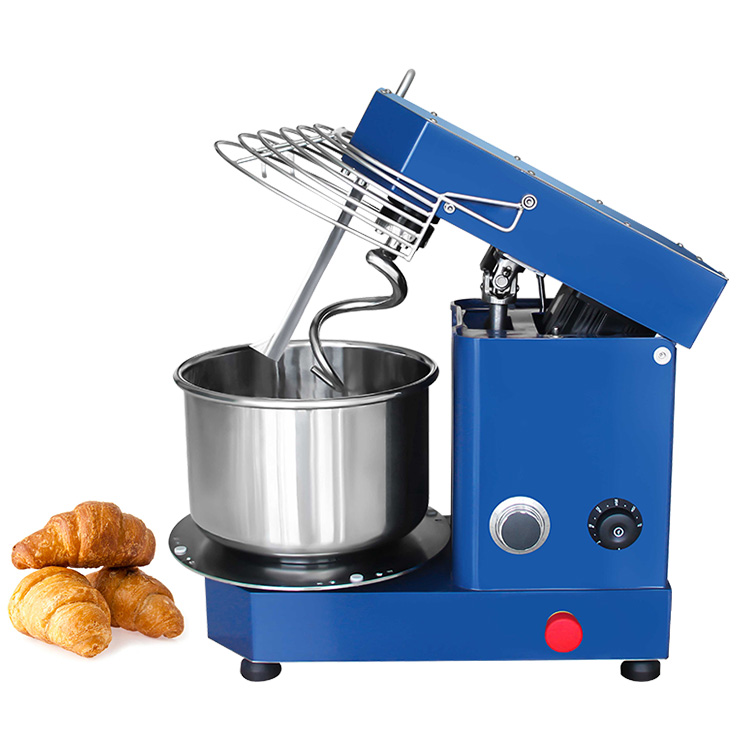
4. Which Appliance is Best for Different Dough Types?
- Bread Dough (Pizza, Sourdough, Baguettes):
- Recommendation: Stand mixer.
- Stand mixers provide the strength and durability needed for high-gluten doughs that require thorough kneading.
- Pastry Dough (Pie Crusts, Tarts):
- Recommendation: Food processor.
- Food processors excel at handling flaky doughs that need minimal kneading to prevent overworking.
- Cookie and Cake Dough:
- Either appliance works, but a stand mixer is preferable for larger batches.
5. Ease of Cleaning and Maintenance
- Food Processor:
- Most parts are dishwasher-safe, but sharp blades require careful handling.
- Frequent use may dull blades over time, reducing efficiency.
- Stand Mixer:
- Attachments and bowls are usually dishwasher-safe.
- Requires occasional lubrication of motor parts and more space for storage.
6. Cost Comparison
- Food Processors:
- More affordable, with prices ranging from $100-$300.
- A good investment if you need an all-purpose appliance.
- Stand Mixers:
- Typically more expensive, ranging from $300-$700 or more for high-end models.
- Ideal if you bake frequently or in large quantities.
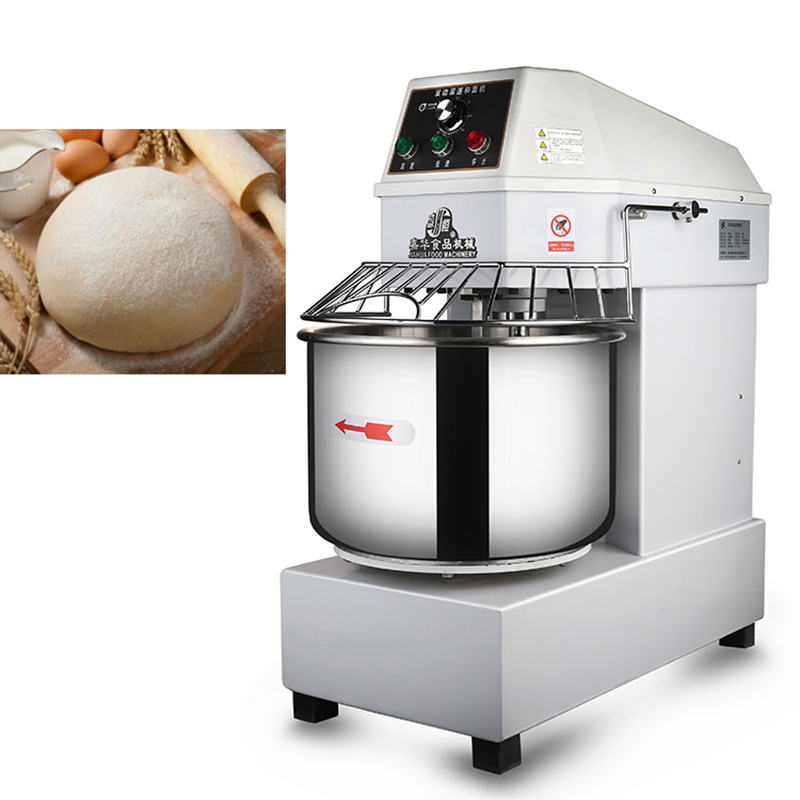
7. Which Appliance is Better for You?
- Choose a Food Processor if:
- You bake occasionally or in small quantities.
- You need a multipurpose kitchen tool for other tasks.
- Choose a Stand Mixer if:
- You bake bread or doughs frequently.
- You need a reliable, heavy-duty machine for larger batches.
8. User Experiences and Reviews
- Many home bakers appreciate the versatility of food processors for quick dough prep but acknowledge that stand mixers are indispensable for bread enthusiasts.
- Stand mixers are often praised for their durability and the convenience of hands-free operation.
9. Conclusion: Which Appliance Wins?
Ultimately, the best appliance depends on your baking habits and needs. If speed and versatility are your priorities, a food processor might be the way to go. However, if you regularly bake bread or work with large batches, a stand mixer will be your best friend in the kitchen. Whichever you choose, both appliances can help you achieve delicious, homemade results with less effort.


